Mixing up your serve during a match can mean the difference between holding off your opponent or losing your service game.
While there are dozens of variations you can use to mix up your serve, the aim is the same: Keep your opponent guessing to make it harder to return the ball.
When most players think about mixing up their serves they think of using placement and spins. You can go beyond these two options and also add speed and stance location to the mix. Here's how and when to use these four options.
Placement
1 of 5
Placement is always important. It's quite possibly the most powerful option to have in your arsenal.
With placement you can pull your opponent off of the court with a wide serve. You can also hit the ball at their body and jamb them. Placement of the serve allows you to direct the serve to their weaker side and control more points.
The placement of the serve will be the option that makes your opponent move the most. Moving your opponent out of position, or into the position you want will help you win more points.
Spins
2 of 5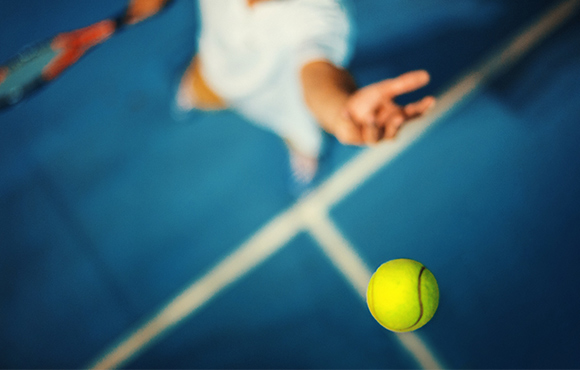
There are four different types of serves in terms of spins. The flat serve, slice serve, topspin serve and kick serve. Each of these serves has it's own advantages and disadvantages.
If you use all four serves during a match, your opponent will have to constantly adjust to hit each one, making it difficult to get into a rhythm.
Speed
3 of 5
Speed is a tough one to think about because players often believe that the faster you hit a serve, the better. Being able to hit a hard serve is certainly an advantage, but without placement it's not nearly as effective.
When you mix up the speeds of your serves it makes it harder for your opponent to get a good read on the ball. If you've been hitting 110 mph serves and throw a 90 mph serve in, your opponent might swing early and make an error.
The same idea goes for the opposite situation. If you've been hitting slower spin serves and you suddenly hit a flat serve at a much faster pace, it might throw your opponent off.
Stance
4 of 5
This is probably the least important of the four ways to mix up your serves. However, it keeps your opponent guessing.
Keep in mind, that your opponent might begin to stand in a different spot (or uncomfortable spot) than usual to return serve.
If you stand out wide, you'll be able to hit a serve with a much greater angle to pull your opponent off of the court. However, by doing this you also make yourself vulnerable by leaving much of the court open for your opponent to hit a winner.


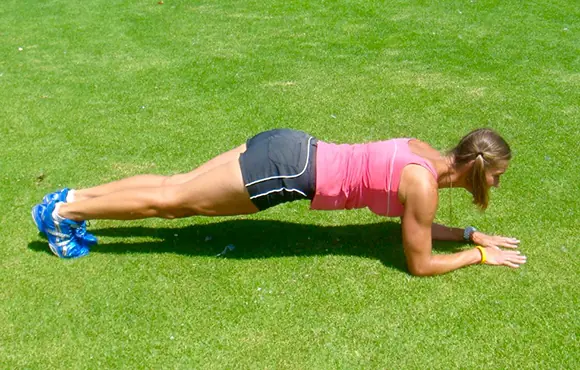
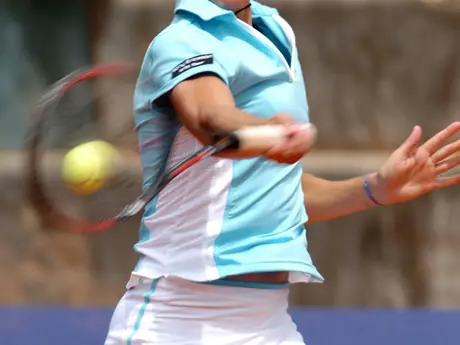
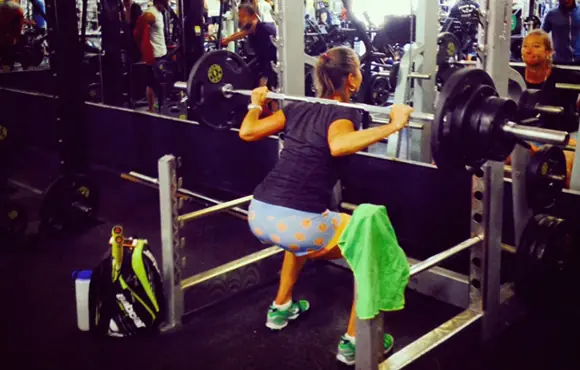
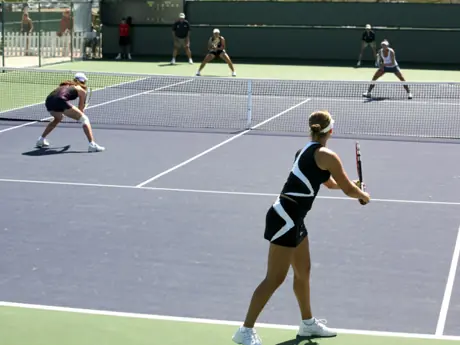

Discuss This Article